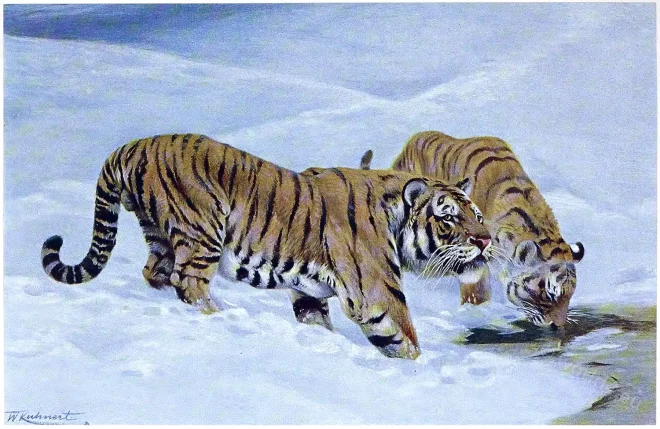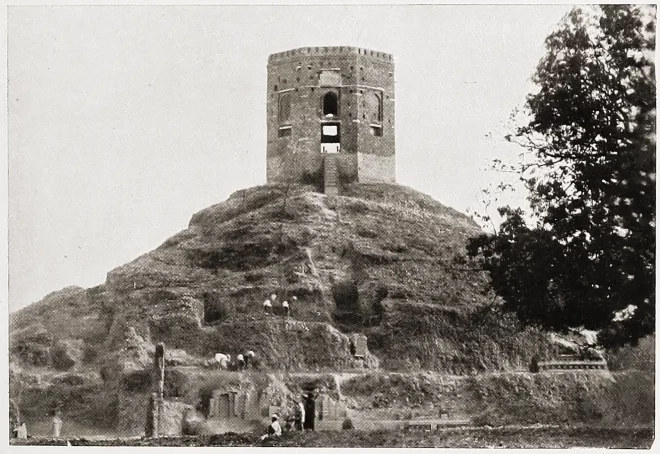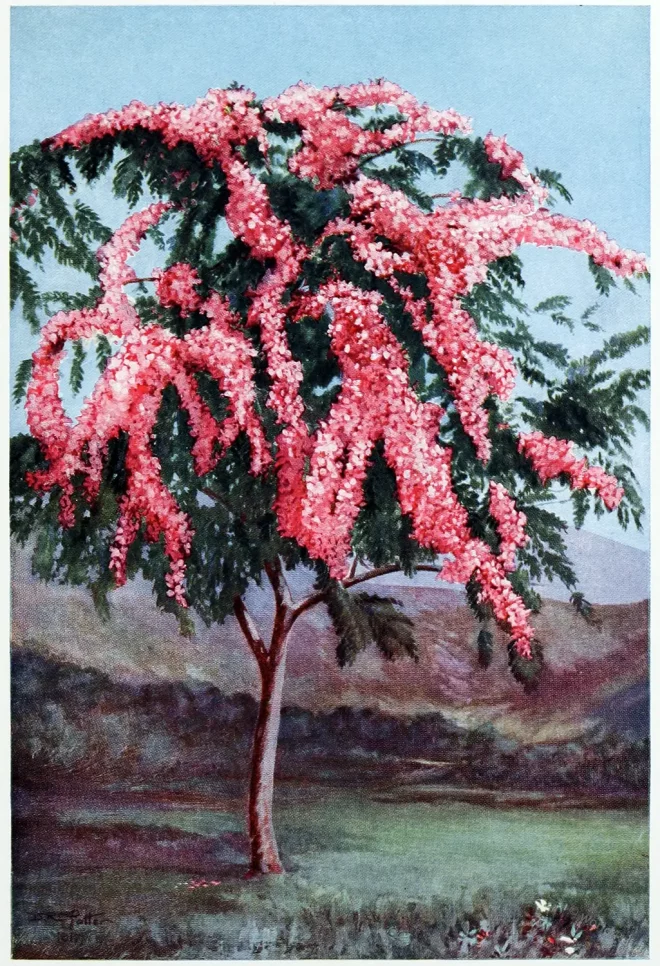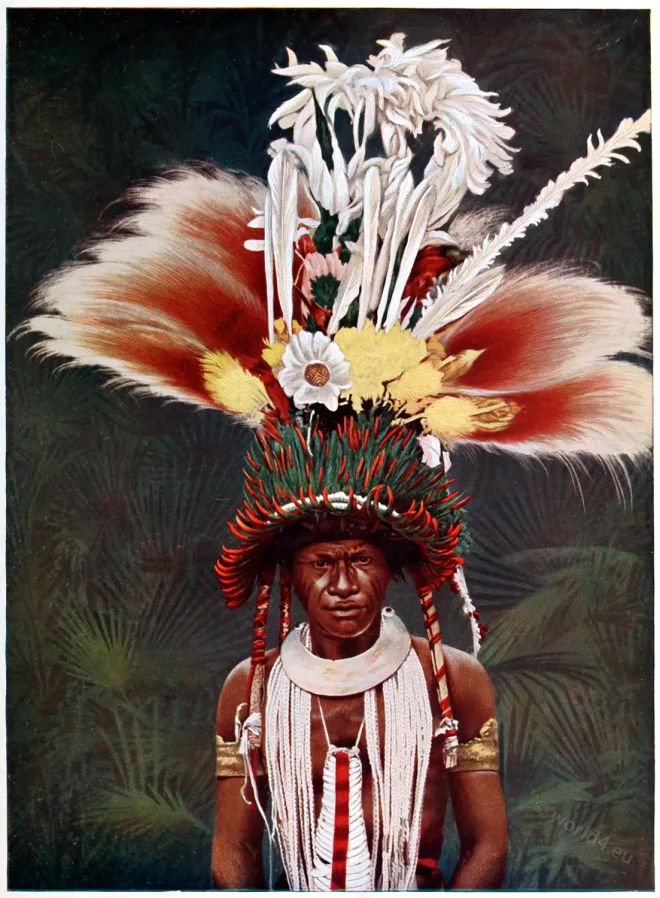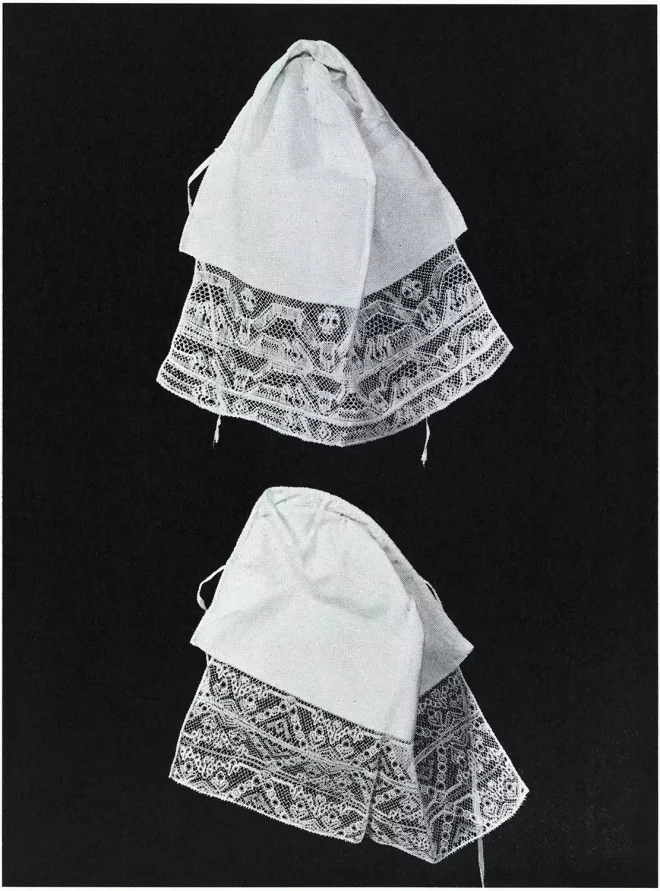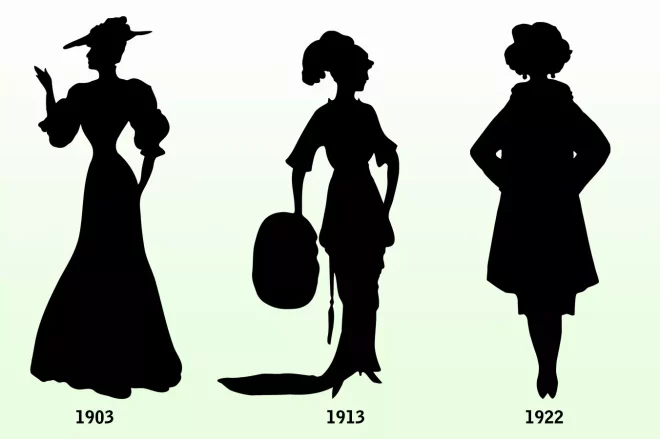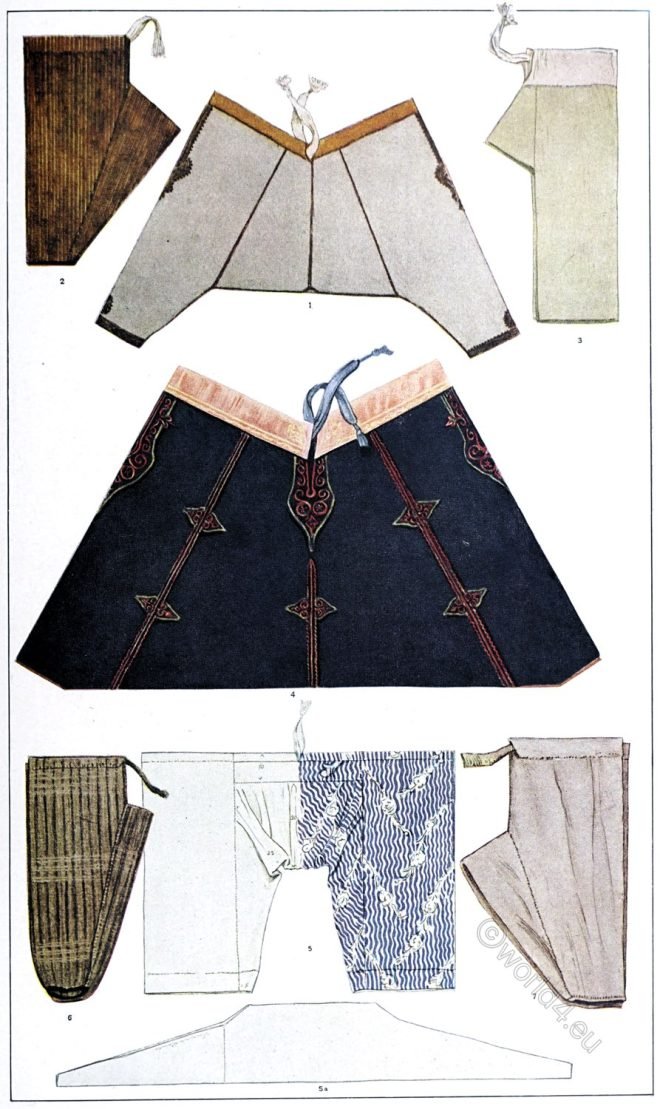The tiger is, and apparently always has been, an essentially Asiatic animal
Category: 20th Century
La Gomera. The Canary Islands.
The favourite anchorage of Christopher Columbus on his voyages of discovery.
The Jains. Benares, the sacred city in India.
Jainism is the only one of the early Indian monastic orders which has handed down almost intact its tenets and organisation to the present day.
Pink and White Shower. Cassia nodosa Ham., Hawaii.
The ornamental trees of Hawaii. Cassia nodosa, formerly known as Cathartocarpus.
A Roro chief in festive decorations at Bereina, Papua New Guinea.
The customs of peoples. A chief from the Roro tribe, Papua New Guinea, Melanesia.
The Fortress and Palace of Gwalior by Louis Rousselet.
Lateral facade of King Pal’s palace, in the Gwalior fortress
Textile techniques of Swedish peasant art-weavings.
Women’s head-dress of linen. Edged in front with white lace. — From 1750—1850.
The Holy House of Loreto. The Basilica della Santa Casa.
In the slope of the eastern Apennines, overlooking the Adriatic gulf, stands what may be called the European Nazareth.
Costume silhouettes at the beginning of the twentieth century.
In 1920 the costume consisting of a straight, short skirt, trim box coat or sweater and blouse
Trouser shapes of Asia Minor. Turkey, Kurdish, Persian.
Trousers of a Kurdish leader. Turkish men’s trousers, Armenian women’s trousers, Persian men’s trousers.

